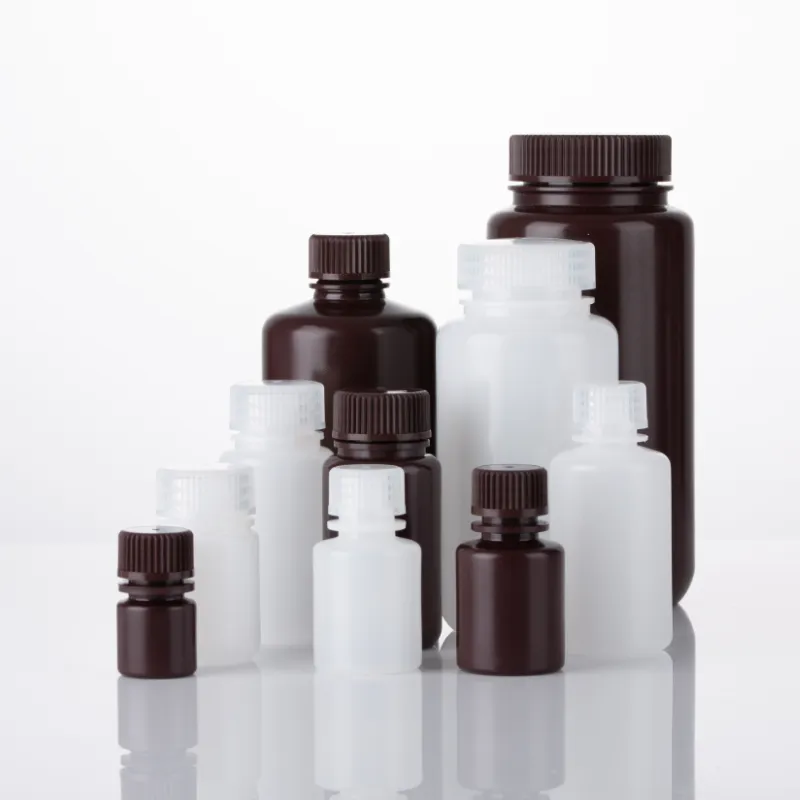what is the test tube used for
What Is the Test Tube Used For?
Test tubes are fundamental laboratory instruments that serve a multitude of purposes in scientific research, education, and industrial applications. These glass or plastic tubes, typically cylindrical with a rounded bottom, come in various sizes and are designed to hold, mix, or heat substances in a controlled environment.
Common Uses of Test Tubes
1. Chemical Reactions Test tubes are primarily used in chemistry to carry out experiments involving chemical reactions. Chemists can combine different substances in a controlled manner, allowing for the observation of reaction processes. This is crucial in fields such as synthetic chemistry, where researchers create new compounds.
2. Biological Studies In biology, test tubes are employed to culture microorganisms, perform enzyme assays, or conduct molecular biology experiments. For instance, when studying the growth of bacteria, scientists may place a nutrient medium in a test tube and introduce bacterial samples to observe their growth patterns.
3. Analytical Procedures Test tubes play a vital role in various analytical techniques, such as spectrophotometry. In this process, solutions contained within test tubes are analyzed for their absorption of light at specific wavelengths, facilitating the measurement of concentration of substances.
4. Education In educational settings, test tubes are an essential tool for teaching students about chemical reactions, biology, and laboratory procedures. They provide hands-on experience, helping students understand theoretical concepts through practical application. Science experiments often begin with test tubes, making them integral to science curricula.
what is the test tube used for

5. Mixing Substances Test tubes are often used to mix small amounts of different chemicals or solutions. By swirling or shaking the tube, scientists can create a homogeneous mixture. This is particularly useful in preliminary research stages when exploring the compatibility of different substances.
6. Heating and Cooling Test tubes can be heated using Bunsen burners, hot plates, or water baths, allowing researchers to investigate endothermic or exothermic reactions. Likewise, they can be placed in ice baths to cool substances rapidly or to slow reactions down, giving scientists flexibility in their experimental setups.
7. Storage For short-term storage of small volumes of samples, test tubes are a practical option. They can hold everything from chemical reagents to biological specimens, protecting them from contamination and degradation. Proper labeling ensures easy identification of contents.
8. Separation Techniques Test tubes are used in various separation methods, such as centrifugation. In these processes, mixtures are spun at high speeds, causing denser substances to settle at the bottom of the test tube, allowing for easy separation of components.
Conclusion
In summary, test tubes are indispensable tools in laboratories worldwide. Their diverse applications range from facilitating chemical reactions and biological assays to teaching scientific principles and enabling analytical research. The simplicity of their design belies their crucial role in advancing scientific knowledge and innovation. Whether in a high-tech research facility or a classroom, test tubes continue to be essential in the exploration and understanding of the natural world. As science progresses, the versatility of these humble glass or plastic tubes will likely lead to even more innovative uses in the future.
-
Aesthetic Makeup Spray Bottles | Fine Mist Empty RefillableNewsAug.19,2025
-
White Plastic Veterinary Vaccine Vials | Lab Liquid BottlesNewsAug.18,2025
-
Plastic Medicine Liquid Bottle: Secure Flip Top Drug VialsNewsAug.17,2025
-
Durable 250ml Blue Plastic Vaccine Vial for Lab & Vet UseNewsAug.16,2025
-
Sterile Virus Sample Tubes: Secure & Reliable Specimen CollectionNewsAug.15,2025
-
White 250ml Plastic Vaccine Vial for Lab & Vet MedicineNewsAug.14,2025
























